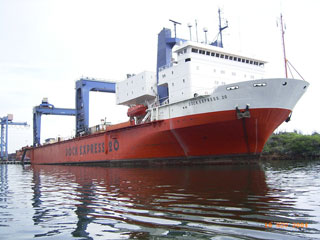
The key characteristic of autonomous mining systems is the use of multiple autonomous machines which are managed by an integrated central traffic management system. The final phase of implementation will see the introduction of full autonomous mining systems. Next to be introduced will be autonomous machines (which do not require an onboard operator as they are equipped with automated machine navigation and tramming and can perform – while stationary in one location – most sets of routine functions without operator input required during the cycle). The implementation of automation at the VUG will be carefully phased in on an incremental basis starting with automated machines (which still require an onboard operator although many functions are automated). These systems will be deployed and operating simultaneously during a shift on different levels of the mine.” “By contrast, at the VUG we will eventually have a number of mining systems operational, with a variety of machines, not just ADTs, executing multiple mining processes within the same operational area. “The system was limited to one machine type – articulated dump trucks (ADTs) – performing one process, namely hauling, on a single level of the mine,” he explains. Marais says that while the Finsch system was revolutionary it was also limited in some respects. “De Beers commissioned the first – and only – automated trucking loop in South Africa, and one of the first worldwide, at the Finsch diamond mine in the Northern Cape in 2005,” he says. Marais’ colleague, Freddie Breed, Underground Technical Services Manager at De Beers, points out that the group has previous experience of autonomous mining. “In the case of the VUG, our primary technology partner is Sandvik Mining and Rock Solutions, which manufactures a full range of ‘intelligent’ mining machines that can operate independently underground within access controlled safety zones or be remotely operated from control rooms on surface.” “This is an ambitious goal but we believe achievable given the major technological advances made in recent years, particularly by the Original Equipment Manufacturers who produce underground mining machines,” he says. According to Giel Marais, Principal Automation & Information at De Beers, the objective in terms of automation at the Venetia Underground Mine (VUG) is to have a number of autonomous mining systems performing multiple mining processes by 2027. Expected to start production within 2023, it will use the sub-level cave mining method.


The VUG replaces open pit operations at the Venetia Diamond Mine and extends mine life to at least 2046.

De Beers has devised an autonomous mining roadmap for its Venetia Underground Mine (VUG) that will – once fully implemented – result in the new $2 billion mine becoming one of the most mechanised and automated mining operations in the world.


 0 kommentar(er)
0 kommentar(er)
